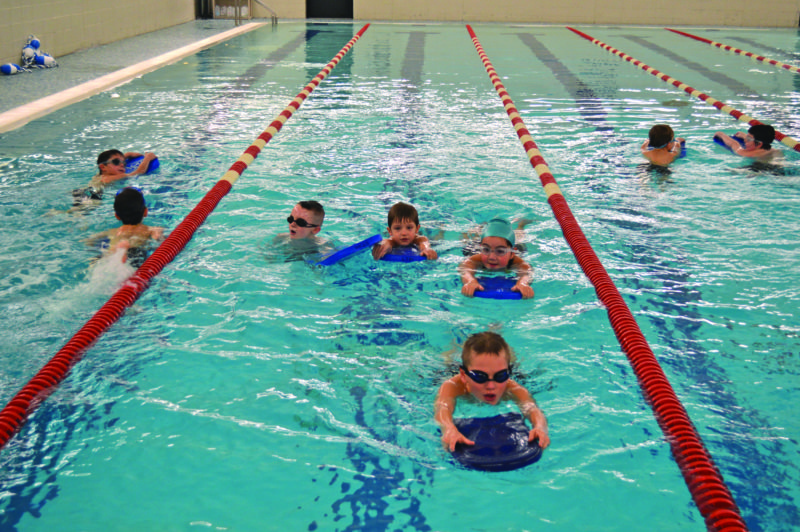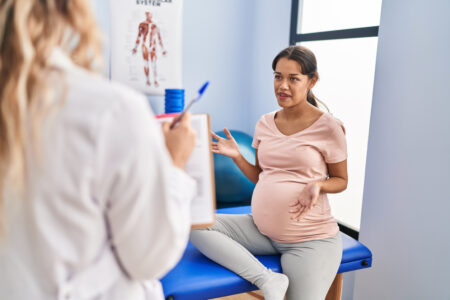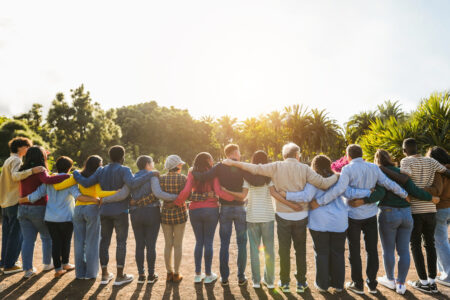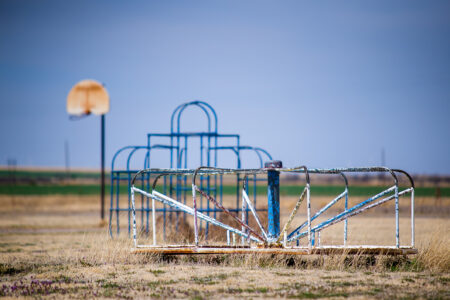
Share On Social!
Seventy-three percent of parents report that their child’s afterschool program is located in a public school building, according to the Afterschool Alliance.
However, Latino kids in underserved communities have limited options for healthy afterschool programs, which is part of the reason they are more likely to be overweight or obese than their peers.
Schools and communities must work together to create a support network to provide healthy food and active play for Latino and all children to succeed.
The Alliance for a Healthier Generation consulted with seven experts to talk about why school-community collaborations are essential and how to craft successful partnerships.
One of the takeaways is to utilize existing resources/facilities/networks.
For example, one of the seven experts, Allison Colman, Program Manager for the National Recreation and Park Association (NRPA), shared an example in Prince George County, Maryland (17.2% Latino) of the Maryland National Capital Park and Planning Commission and Prince George’s County Public Schools partnership to provide swimming lessons in elementary schools to increase physical activity and teach children basic swim skills they will use for life. The program targeted students in title one schools, students eligible for free and reduced meals, and schools in transforming neighborhoods.
Swimming in school may be the most promising physical activity to get and keep Latino and all kids active in and out of school.
Read this story and watch this video about how a special needs teacher took advantage of an existing collaboration to teach her students water safety lessons.

By The Numbers
33
percent
of Latinos live within walking distance (<1 mile) of a park



